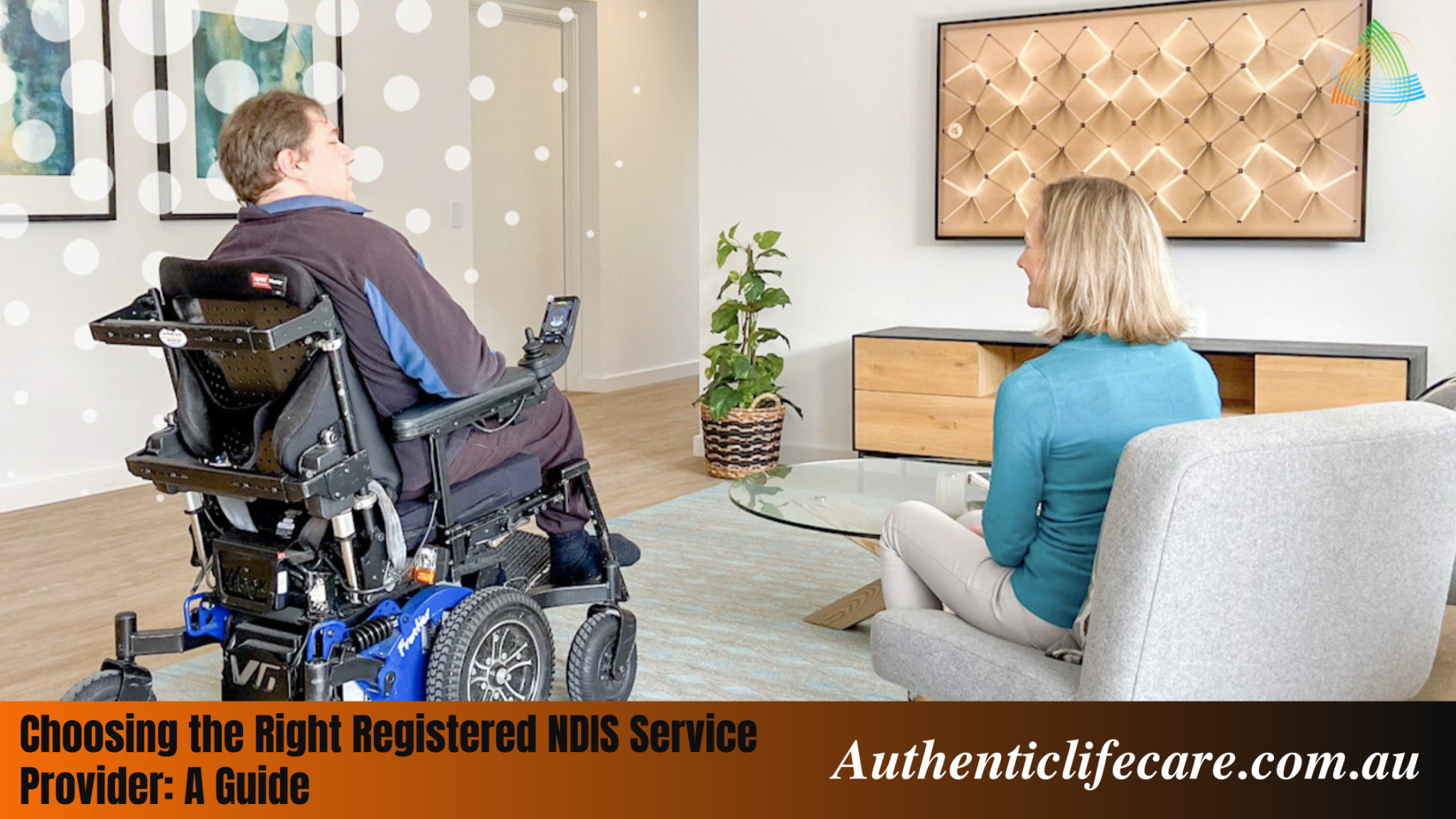Individuals with disabilities have many of the same healthcare needs as people without impairments, such as preventive medicine and screenings. Furthermore, people with disabilities often require particular care due to their specific disability, and they may also have other medical concerns that require treatment. Obesity is more common among people with disabilities than among people without impairments, according to the report.
Furthermore, people with disabilities receive less preventative care and are in worse health than their non-disabled counterparts. People with disabilities must be able to participate in physical fitness and other activities in order to preserve their health. The ability to engage in a variety of activities is critical to one’s social and emotional well-being.
Meeting the healthcare requirements of individuals with disabilities, according to the report The Surgeon General’s Call to Action to Improve the Health and Wellness of Persons with Disabilities includes:
Arriving at the meeting Obtaining access to the clinic They’re getting ready for their appointment and checking in. Getting to their exam room by manoeuvring around the clinic
According to the Surgeon General’s report, factors that become crucial once the patient is in the exam room include the ability to:
- Communicate their health needs to their healthcare practitioner in a clear and concise manner.
- For screening, preventative, and diagnostic appointments, receive a complete examination with appropriate equipment.
- Spend enough time with their doctor to comprehend the steps they’ll take to be healthy.
There are still needs to be satisfied after the patient leaves their healthcare session in order to preserve health:
- Getting a prescription.
- Getting to appointments for therapy or speciality care.
- Making and keeping follow-up visits with the same healthcare practitioner, which is critical for care continuity.
- Obtaining groceries and maintaining a healthy diet.
- Participating in community activities that are physical, social, or otherwise.













